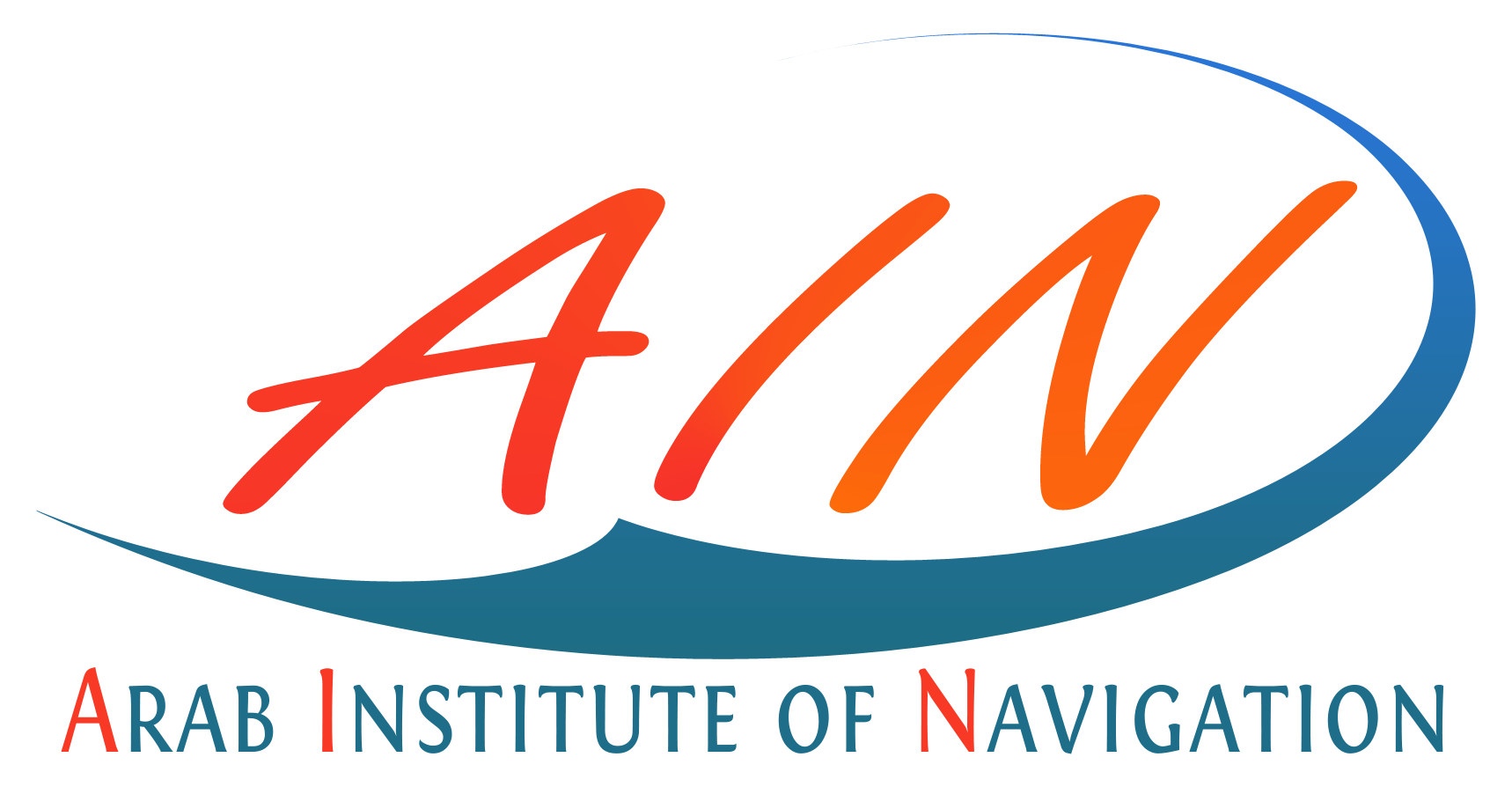The Future of Coastal Navigation Safety in Egypt: Improving the Reliability of Electronic Charts |
| Samy Ismail A. M. Youssef, Mohamed Shendy |
| DOI NO. https://doi.org/10.59660/48702 Received 13/10/2023, Revised 25/12/2023, Acceptance 02/02/2024, Available online and Published 01/07/2024 |
Abstract
This paper investigates the integrity and reliability of electronic navigation charts (ENCs) used for maritime navigation along the Egyptian coast. Comprehensive assessments were conducted, focusing on critical stretches including the Suez Canal, Strait of Jubal, Aqaba Gulf entrance, and Hurghada Port access channels. The findings expose alarming accuracy gaps in these vital yet confined transit zones, with Category of Zone of Confidence (CATZOC) classification results indicating positional uncertainties exceeding five hundred meters. Such imprecision severely erodes navigational safety buffers for ships amidst intense traffic volumes. Meanwhile, proximity to delicate coral ecosystems and coastal communities raises the stakes for averting accidents. Responding to these urgent threats, promising initiatives are already underway between Egyptian agencies and international hydrographic bodies to systematically address ENC deficiencies through new surveys and data enhancements. Mandatory functionality checks, crew training, and compliance enforcement will also optimize the utilization of existing ECDIS installations. Sustained investments to upgrade this core informational infrastructure will help align the country’s navigational framework with best practices for protecting life, property, and the environment. A multifaceted strategy tackling both human and technical dimensions across ships, ports, and shoreside administrators is essential for eliminating needless risk. Strengthening ENC integrity will provide Egyptian-flagged and visiting vessels with greater situational assurance when transiting confined waterways, while preventing devastating shipping accidents that could damage fragile marine ecosystems.
